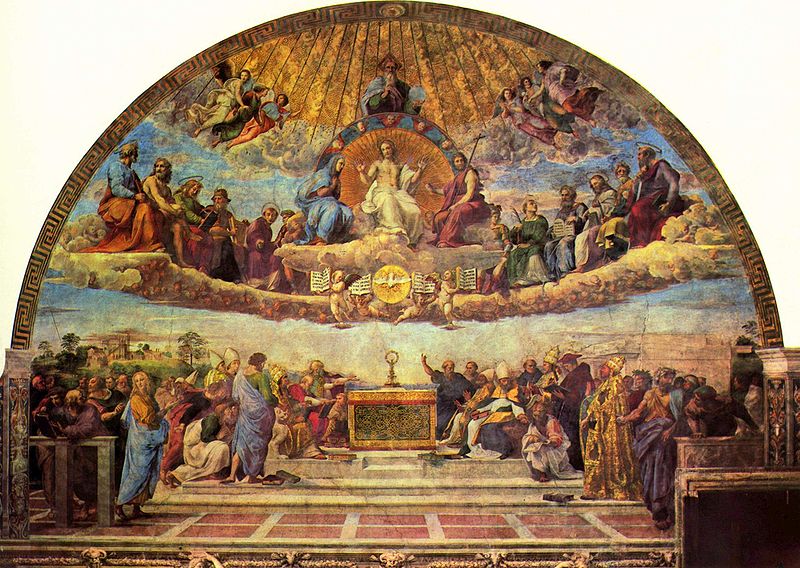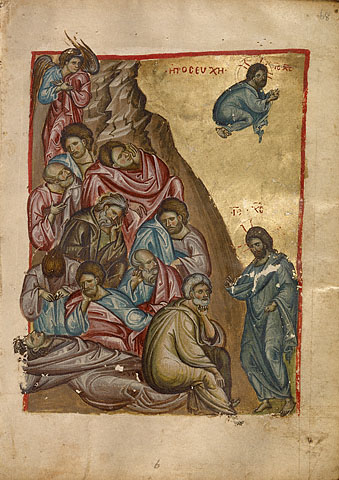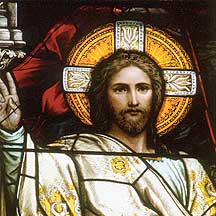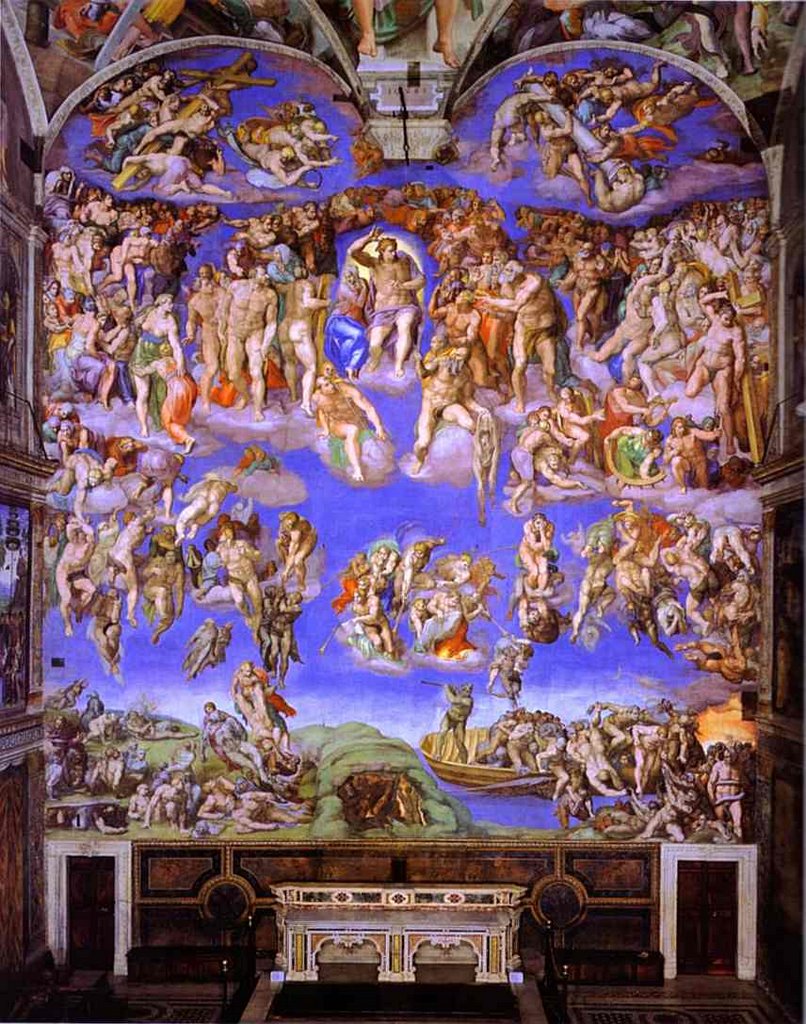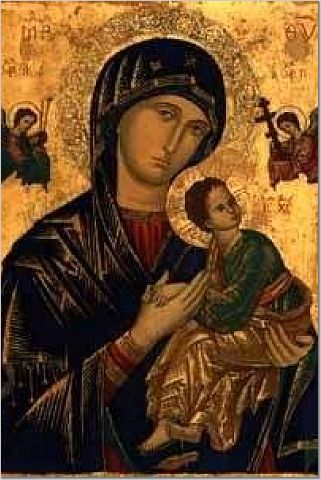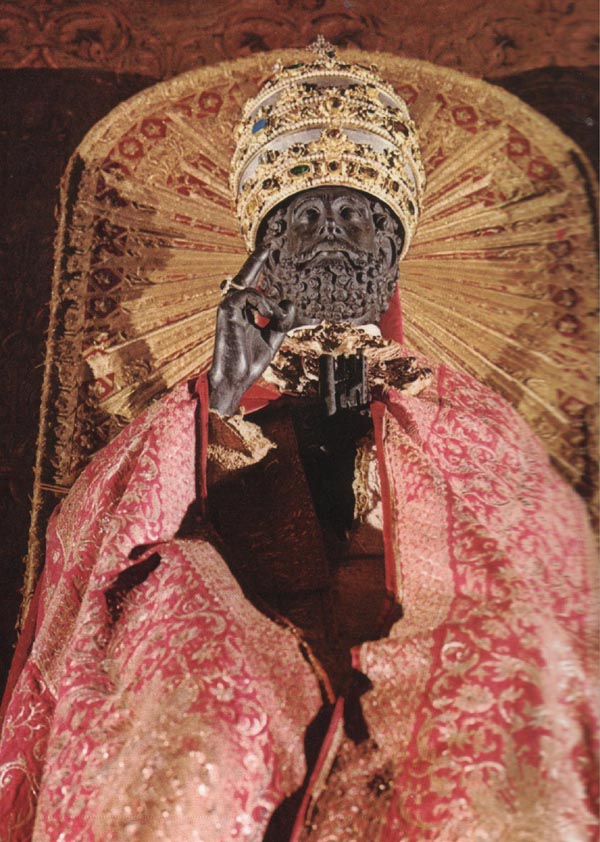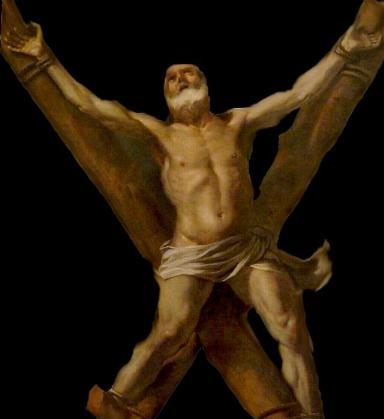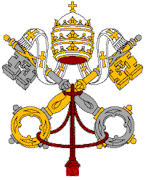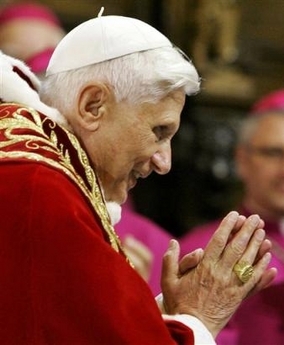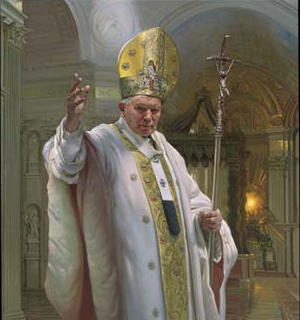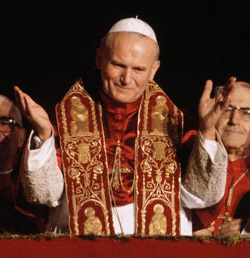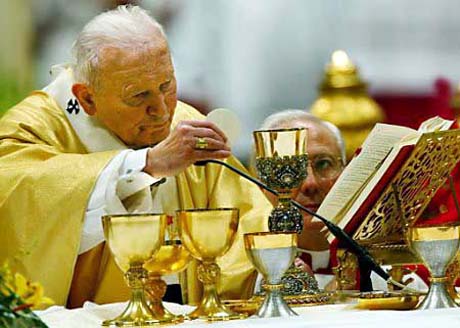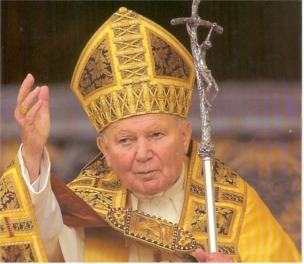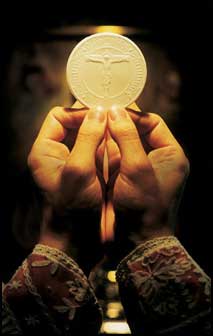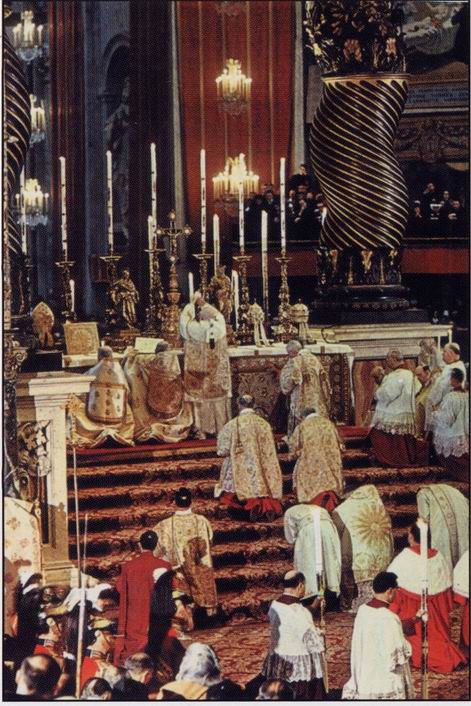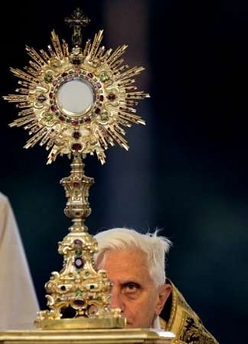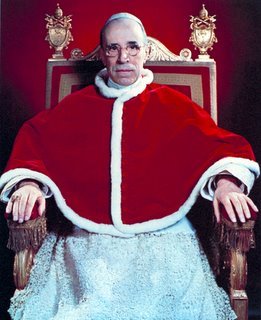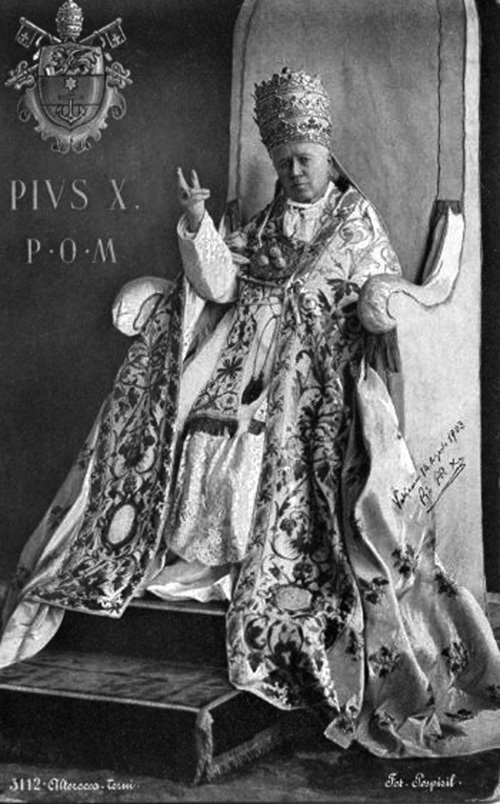Proof readers can't enjoy reading a good book. They are always looking out for errors in spelling and grammar. The worlds created and the spells weaved by the author's words are reduced to a mere jumble of words, put together badly.
Cooks and food critics can't enjoy a good meal. They're always judging the texture of the food, the flavours and freshness of the ingredients and the composition of the plate. The distant lands and exotic places evoked by the explosion of tastes are instead reduced to a mixture of under cooked and stale ingredients, badly combined.
Music conductors and musicians can't enjoy a concert. They can pick up the slightest fault, the slightest flat or sharp note, the slightest instrument out of tune. They'll notice when the trumpeter comes in late and the violins are out of sync with the violas and the double basses and the tubas are all over the place. The mystical experience of the soaring and majestic harmonies and melodies become for them a jumble of notes and jarring instruments with incompetent players at the business end.
Music, food, poetry and prose. For the connoisseur, the sense of enjoyment is lost, overpowered by the critic within shouting out condemnations and anathemas, pointing out the things done wrong, ruining the fantasy.
This is a risk that those who are involved in the Liturgy often fall prey to as well. The more we study the liturgy and its minutiae, the more we concern ourselves as to whether the Lenten shade of purple should be darker than the shade for Advent and whether liturgical rose is pinkish or a deep blood red, the more we are drawn away from the transcendent mystery before us and the more we are focussed on the trivia.
How often have I attended Mass only to be distracted by the priest wearing his stole over his chasuble, by the off key music, by the bellowing cantor, by the wrong liturgical colour, by the near heresy being preached from the pulpit, by the blown out candles, by the priest not genuflecting, by the wrong number of ductae of the thuribles, by the missing gestures and bows. And I'm surely not alone in this.

 We expect our Masses to look like this.
We expect our Masses to look like this.
But we get this instead.
Too often, the liturgically aware have let these distractions and temptations distract them from participating in the the Holy Sacrifice of the Mass. Their attention wanders and often, anger wells up at the irreverence and incompetence shown by the priest or the various other ministers in the sanctuary.
 What expect our Churches to look like this.
What expect our Churches to look like this.
What they actually look like.

When this happens, we cease to find joy in His presence, we feel no joy in worshipping the One God. When the rest of the people join the angelic choirs praising God, we stand in sullen silence, like a child throwing a tantrum, unhappy at the happiness of the others around us. We can't join in. We can't praise God. We can't worship Him, present in the Blessed Sacrament of the altar. We get caught up in our own anger and indignation, albeit justifiably so, but still...
 We want our priests to look like this.
We want our priests to look like this.What our priests actually look like.
We dread attending Mass, wondering what nonsense the pastor will spout in his homily, what hippy music will blare forth from the band, what new fangled abomination will be foisted to decorate the sanctuary.
When this happens, if this describes your experience of the Mass, the Holy Sacrifice of Calvary, then stop. Take a step back. Detach yourself from being a critic, a judge of the liturgy, evaluating the priest and the music as if you're picking out oranges looking for defects. Stop.
 What we think Eucharistic Adoration should look like.
What we think Eucharistic Adoration should look like.What it really looks like.
Look past the veil. Just as we look past the veil of bread and wine and discern the Body and Blood of Christ, we must sometimes be able to look past the priest and his quirks, the monstrous looking altar, the cheap cups and vessels, the ugly vestments. We should discern the person of Christ offering the Sacrifice of Calvary through the priest. We should discern Jesus Our Lord, Really and Substantially Present under the species of Bread and Wine in those ugly, cheap vessels. We should discern the present of God, of the angels and the entire communion of saints in that horrendous excuse of the Church when the Mass is being celebrated.
 What we expect a Pontifical High Mass to look like.
What we expect a Pontifical High Mass to look like.What it really looks like.
We need to find joy in the presence of God. Relive the joy you first felt when you came to know the Lord Jesus, when you realized that He is present in the Eucharist, when you realized He gave Himself up on Calvary and continues to give Himself in the Sacred Host, for you and for me.
We expect our processional crosses to look like this.But they look like this instead.
Let the Mass, when it is being celebrated, be a moment of grace, a moment of mystical and corporal union with the Lord Jesus Christ, a moment of prostration before God's throne with the angels and all the company of Heaven.
 The temptation of St. Anthony. Sometimes, I feel like St. Anthony when attending an irreverent Mass. Sometimes, I feel like one of the demons attacking St. Anthony when I think of what I'm going to do the priest celebrating that irreverent Mass.
The temptation of St. Anthony. Sometimes, I feel like St. Anthony when attending an irreverent Mass. Sometimes, I feel like one of the demons attacking St. Anthony when I think of what I'm going to do the priest celebrating that irreverent Mass.During the Mass, come what may, despite all the temptations, try to find joy in His presence, try to worship Him. Try.
Let this be our resolution this Lent.
When the Mass is over and after you've said your thanksgiving prayers and when you've spent some time before the Blessed Sacrament and lit a candle before the altar of Our Lady,
then rush home and write a letter of complain to your Bishop and to Rome.
Remember, photos and videos help =)
 During the season of Lent, parents and catechists often ask children to give up sweets or television for Lent. Very often, after years of poor catechises and Barney-Jesus theology, the retort comes back: 'Why does God care, if I give up sweets for Lent?'
During the season of Lent, parents and catechists often ask children to give up sweets or television for Lent. Very often, after years of poor catechises and Barney-Jesus theology, the retort comes back: 'Why does God care, if I give up sweets for Lent?' Why indeed. Barney wouldn't care. Doesn't God love us? Unconditionally? If we don't give up sweets or end up eating them anyway after we've promised to give it up, won't God still love us? Why can't Jesus be more like Barney? Can't we all just get along?
Why indeed. Barney wouldn't care. Doesn't God love us? Unconditionally? If we don't give up sweets or end up eating them anyway after we've promised to give it up, won't God still love us? Why can't Jesus be more like Barney? Can't we all just get along?
 Whenever we sacrifice something for God, God cares. Whenever we give up something for God, God cares.
Whenever we sacrifice something for God, God cares. Whenever we give up something for God, God cares. In our agape of God, all these find their fulfilment. God is love and looking towards our own glorification and theosis at the eschaton, in practicing this love, we become more like God here on Earth.
In our agape of God, all these find their fulfilment. God is love and looking towards our own glorification and theosis at the eschaton, in practicing this love, we become more like God here on Earth.![[Unam Sanctam]](https://blogger.googleusercontent.com/img/b/R29vZ2xl/AVvXsEiymQ2adTjpZ1ABhPBbBBquiPCxeQrc4Jy_97vOikT0wGQeJleriiXQy6ebnb0jrYe-TfvcK77txStB4aIwVAdD41ZdMkVfNtFGC0JX6LBV9B8mfeRZaIAM7Sj-011ag3DiKQzv/s1600/headerdivinemercy.jpg)

